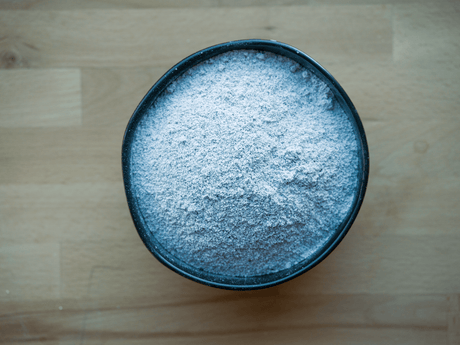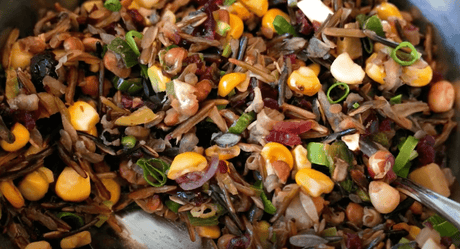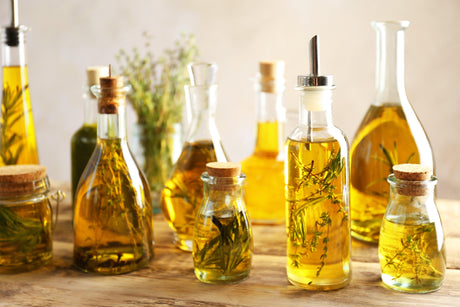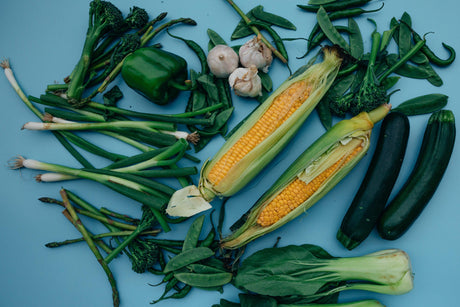
Blue Corn Mush Recipe
This easy-to-make dish is made by boiling blue corn meal, juniper ash, and spices to make a nutrient dense breakfast, snack, or as a complement to any meal.

This easy-to-make dish is made by boiling blue corn meal, juniper ash, and spices to make a nutrient dense breakfast, snack, or as a complement to any meal.

"How do you make blue corn pancakes?" We're excited to show you how we make this favorite Native breakfast treat.
Read more
Watch our recipe video to learn how to make this delicious Indigenous wild rice bowl featuring Ramona Farms tepary beans.
Read more
Charcuterie boards and infused roasted garlic oil - even infused garlic oil served on charcuterie boards - have been all the rage in recent years. We aren't throwing any stones...
Read more
Next time you are craving a salad that is both delicious and nutritious, try this recipe. The sheer versatility of ingredients makes this salad the perfect choice, regardless of the...
Read more